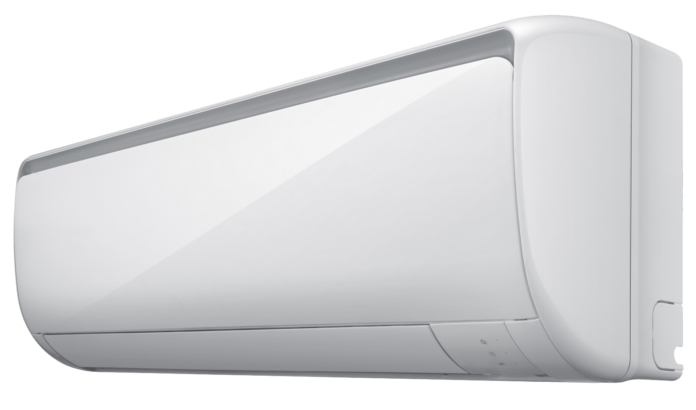A new study by Centre for Science and Environment shatters
the myth of star-rated ACs. Here’s how:
Your so-called ‘5-star’ rated split AC becomes energy-inefficient as soon as the temperature soars over 400C. In fact, it becomes worse than a 2 or 1 star rated AC, according to a recent CSE report.
- When the outdoor temperature increases to 400C, a 5-star rated room air conditioner (RAC) starts performing like a 2-star rated RAC; at above 450C, it is worse than a 1-star RAC
- A 5-star RAC is supposed to save 20-22 per cent of your energy cost compared to a 1-star RAC, claims the Bureau of Energy Efficiency (BEE). But the CSE study shows in peak summers, when temperatures are in the 40-500C range, a 5-star RAC can start consuming 10-28 per cent more power than its declared capacity
- Cooling capacity of room ACs also drops by about 30 per cent in peak summers, which means a 1.5-tonne AC acts like a 1-tonne AC
- Energy efficiency further deteriorates when users lower the room temperature artificially to levels
below 270C - Bureau of Indian Standards (BIS) and BEE must tighten energy efficiency standards and test procedures to reduce margin of deterioration in the real world
- This is urgent as ACs contribute the most to peak electricity demand in cities and to electricity budgets of households. With extreme weather events, heat waves and heat island effects becoming common, local temperatures are expected to be much higher than the overall city levels – and this will trigger more use of ACs
The way ahead
CSE recommends the following steps to meet targeted real world energy efficiency performance:
- BIS should amend Rule (IS 1391 part 2) to incorporate an additional test for testing of energy efficiency ratio based on multiple higher temperature range relevant for different climatic zones for testing and rating of ACs.
- BEE should make it mandatory for manufacturers to declare the tests results carried out based on multiple higher temperature range and declare the results on their product labels. The star labeling system should be adapted to this system.
- Manufacturers should declare the annual energy consumption based on cooling capacity tests.
- Ratchet the existing star rating to get the best technology in the Indian market.
- Actively promote passive architectural features to reduce thermal load of buildings.
Says Roychowdhury: “While this study is limited to split RACs, a similar assessment will have to be done for inverter ACs and window ACs. At the next level of review of the star labeling program, it is important to make the labeling program technology-neutral and develop more stringent test procedures and systems for monitoring of real world performance.” Anumita Roychowdhury is executive director-research and advocacy, Centre for Science and Environment (CSE).
For complete study – http://www.cseindia.org/content/new-study-centre-science-and-environment-shatters-myth-star-rated-acs










